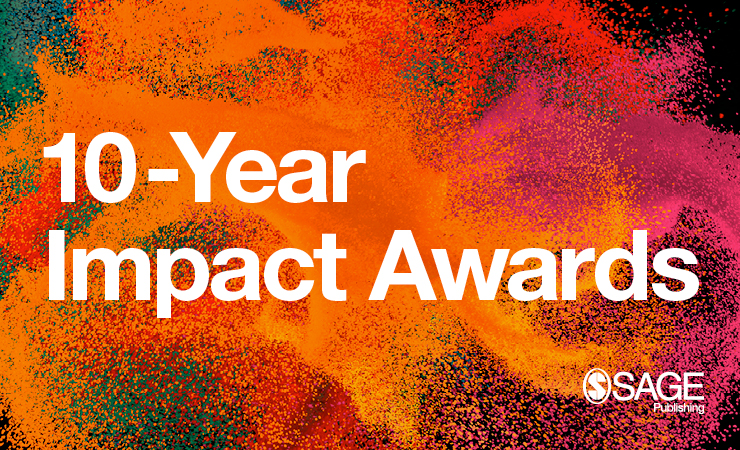Five Ways Altmetrics Are Useful For Academics

When the term ‘altmetrics’ first appeared in September 2010, originating in a Tweet by ImpactStory co-founder Jason Priem, it sent a shudder down many an academic spine. A new set of metrics by which to measure and assess researchers and perhaps a bid to replace traditional citation-based bibliometrics wholesale. This turned out to never really be the case. Although, those who questioned this new set of metrics probably did so, as it was hard to look beyond the numbers, in particular the altmetric score devised by Altmetric.com.
Indeed, other numbers already existed, like Mendeley Saves, which show how many Mendeley users have saved a particular reference and which professor Mike Thelwall showed was a strong citation indicator. Perhaps cognitive dissonance was also at play in some corners of the academic community, with academics suffering from some kind of metric Stockholm syndrome feeling protective of traditional metrics like the h-index and Impact Factor score. Better the flawed metric, you know how to game than a potentially new and more complicated one. However, the Altmetric.com score remains a useful indicator, in that if your work has a high score, it shows the research is being discussed and shared. Potentially this coverage could extend across a range of platforms including media and policy. As I wrote for this blog in 2016, to a large extent the most useful Altmetric.com number is zero.
Altmetrics continue to offer a lot of potential, but 13 years on from the original Altmetric manifesto we are still learning how to fully capitalize on a suite of tools, which now include PlumX, Overton and BMJ Impact Analytics. Here are five ways I have found Altmetrics to be useful beyond a simple numerical score and just telling us which journal papers are receiving attention.
Finding your blog niche
Journals and other academic sites continue to communicate ideas and new research through the medium of blogging. You might be forgiven for thinking blogs are no longer in vogue, but they still offer a practical and cheap way to disseminate research in an accessible form to wide and specialist audiences. I have used Altmetric.com data to see which research is being discussed and communicated on which blogs. This works as a recommendation tool for suggesting potential blogs to approach to write a guest post for, based on the research topic I have searched for on Altmetrc.com. It shows which blogs are covering a topic and any subsequent altmetrics relating to the paper being discussed in the said blog.

Discover whether your research is being shared
As I wrote previously, an Altmetric.com score of 0 or a very low score potentially shows two things. Firstly, your research is not being discussed and shared (even by yourself) anywhere on the many platforms that altmetric tools track. Secondly, there is a chance your research is being shared across social media and other knowledge platforms, but in a way that lacks the identifiers that aid altmetric tools to track research. Whilst this might be more likely for older research, new academic publications should have at least picked up a few Tweets. If your research has a low score, then at least you know what you can do – communicate and share it.
An incentive for making shareable versions of your research
Academic librarians are the biggest advocates for institutional open-access repositories and the benefits of authors uploading their author-version manuscripts to repositories. A good example of the benefits was shared with me by a library colleague at my institution in the first year of the Pandemic. A news story titled: ‘How to make your house and garden more tranquil’ appeared across various media platforms including Yahoo! News, following an article in The Conversation. The article linked to a repository hosted open access version of a peer-reviewed journal paper on the topic from The University of Sheffield. The formal journal paper was published behind a paywall but the The Conversation link took readers to a PubMed record which had a link to the repository version. The repository version was picked up by seven news outlets and four blogs.
Expert Registry
I have run several events at my institution and for external collaborators, and altmetrics is a useful tool when you are trying to find speakers. Finding speakers requires two things, that they are expert and talk about their topic with some degree of confidence. For one particular event I co-hosted, which was publicly facing, I used Altmetric.com to see which speakers on a rather niche topic had received some form of altmetric coverage. In particular I was looking for those whose research had been covered in some way by the media or on blogs. By using these features I could quickly explore their activities and find out whose research had broken outside the academic bubble.
Discovering potential pathways to impact
Since Overton and their Impact Analytics offshoot commissioned by the BMJ have appeared on the scene, we have the ability to start exploring further how research is cited in policy and clinical guidance. Whilst most academics may not appreciate how much they are cited in policy and clinical guidance, if at all, it can be very useful when trying to capture pathways to impact. The process for capturing and storing evidence of impact remains complex, but such tools shine a light on kinds of impact your research might have. Not only can these metrics show past impacts, they also open up the possibility of future collaboration with third parties such as charities, think tanks and government organizations. To have a better chance of that happening, it requires action on your part by directly engaging stakeholders or strategically citing and engaging with their work. Altmetrics provides the intelligence to get started with this, but a word of warning, always check the citations and policy to ensure both are concrete evidence first.
Altmetrics may now be in its teens, but there is still much that can be gained from seriously engaging with how we use these platforms. If we look beyond the numbers, we will find meaning and useful information.






























































































